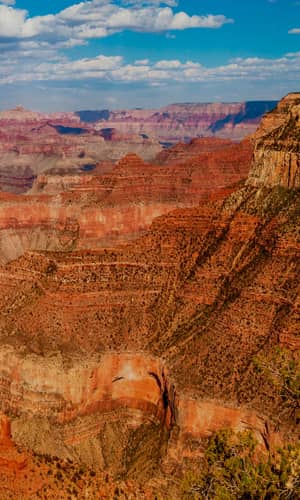Cutting-edge creation research. Answers Research Journal (ARJ) is a professional, peer-reviewed technical journal, sponsored by Answers in Genesis, for the publication of interdisciplinary scientific and other relevant research from the perspective of the recent Creation and the global Flood within a biblical framework.
Latest Papers

Radiohalos in the Precambrian Crystalline Basement Rocks of Grand Canyon: Part 1. The Granites
Dr. Andrew A. Snelling • May 21, 2025
Systematic study was undertaken of radiohalos present in the granites of Grand Canyon’s Precambrian crystalline basement to assess their significance within the earth’s history.

Lungfishes—Transitional Species, Fish, Amphibian, or Something Else?
Matthew Cserhati • May 7, 2025
Many modern fish are obligate air breathers, yet they are not on the alleged trajectory between sea and land organisms.
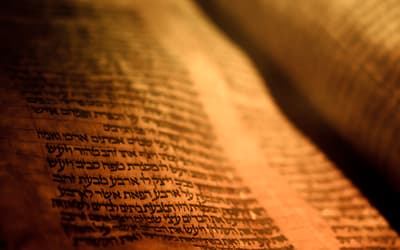
The Textual Superiority of the Masoretic Text of Genesis 5 and 11
Lita Sanders • April 30, 2025
Currently, there is a textual debate in creationist circles regarding whether the Masoretic Text (MT) or Septuagint (LXX) preserves the correct chronology in the genealogies of Genesis 5 and 11.

Eternity in Their Hearts: Rationality’s Linguistic Foundation
Steven A. Chisham • April 2, 2025
Man’s ability to reason is one aspect that fundamentally sets this “rational animal” apart to uniquely reflect the imago Dei (image of God).
Featured Topics

Adam and Eve
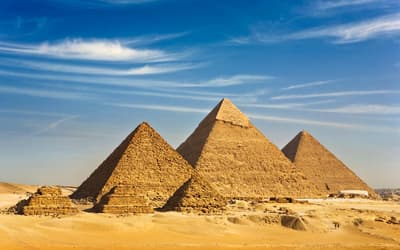
Ancient Egypt

Animals
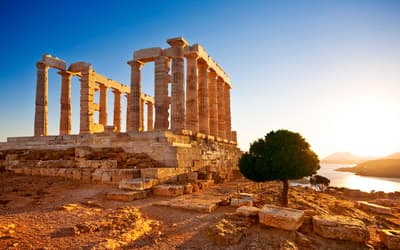
Archaeology
All Topics
Browse by Volume

2025 Volume 18
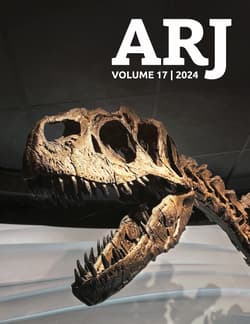
2024 Volume 17
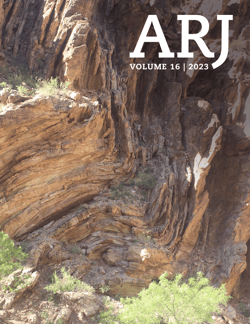
2023 Volume 16
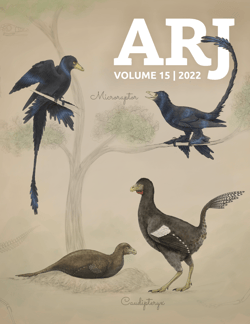
2022 Volume 15
All Volumes
Purchase ARJ Monographs

Extant Ark Kinds Series 1
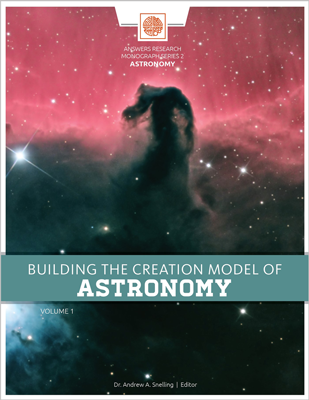
Astronomy, Volume 1
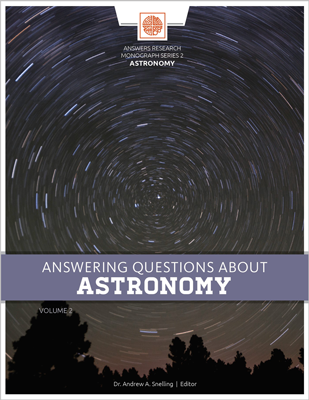
Astronomy, Volume 2
Call for Papers
High-quality papers for Answers Research Journal, sponsored by Answers in Genesis, are invited for submission. Interested authors should download and read the Instructions to Authors Manual (PDF) for all details of requirements, procedures, paper mechanics, referencing style, and the technical review process for submitted papers.
Submit a Paper
